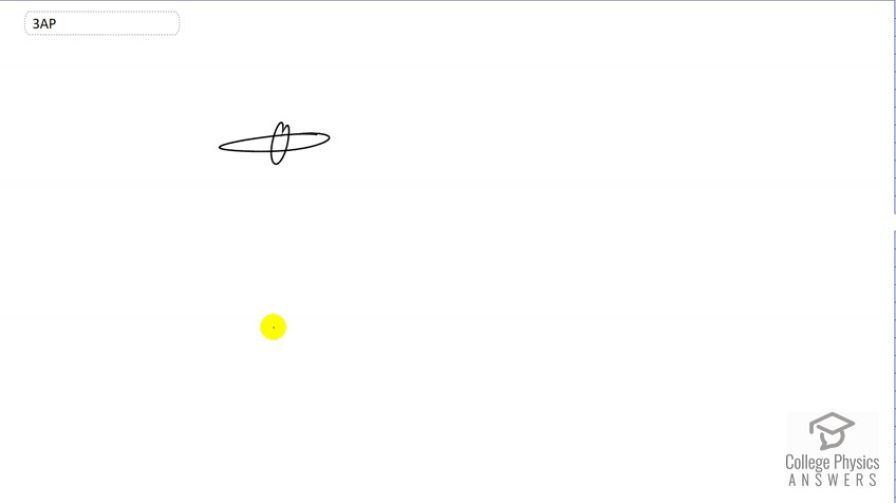Question
A hawk accelerates as it glides in the air. Does the force causing the acceleration come from the hawk itself? Explain.
Final Answer
See solution video.
Solution video
OpenStax College Physics for AP® Courses, Chapter 4, Problem 3 (Test Prep for AP® Courses)

vote with a rating of
votes with an average rating of
.
Video Transcript
This is College Physics with Shaun Dychko. Since we're told that this hawk is gliding, that means it is not pumping its wings and so it's not applying a force on the air which would in turn apply a force back on the hawk. So it's not lifting itself up as a result of anything that it's doing with its wings. So, there are only a few explanations for why it's accelerating. One could be that it's accelerating downwards due to gravity because gravity is pulling it down, and well, of course if it is gliding, there is some lift force being applied on its wings. But we can't say that that's going to accelerate it unless it happens to be going over a patch of warm air which is rising, in which case would accelerate upwards. Force due to the air could have a net force up if it goes over a warm patch. So it could also mean accelerating in a more general sense in that friction -- I suppose its velocity is this way by the way -- friction going this way opposing the velocity could result in acceleration, and in this case negative acceleration being that it's slowing down. Or, there could be a gust of wind propelling it faster forward than it's accelerating positively, that could be the force due to the wind. So there are lots of possibilities here for why the hawk is accelerating. But if it is gliding, you can't say that the hawk is, you know, making that happen. It's just all these other things, friction, wind, hot air, or gravity downwards. There we go!